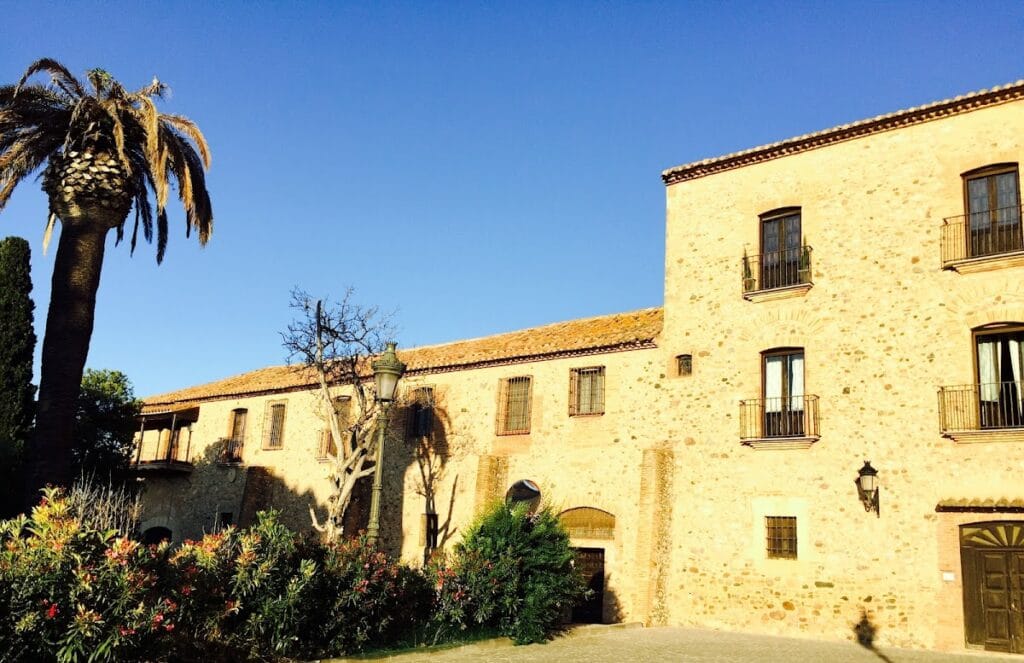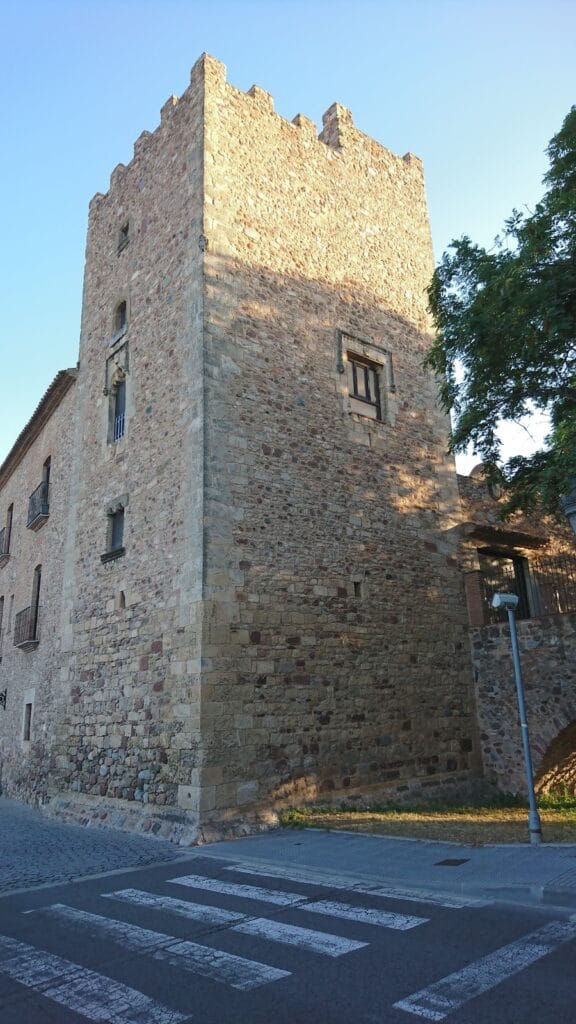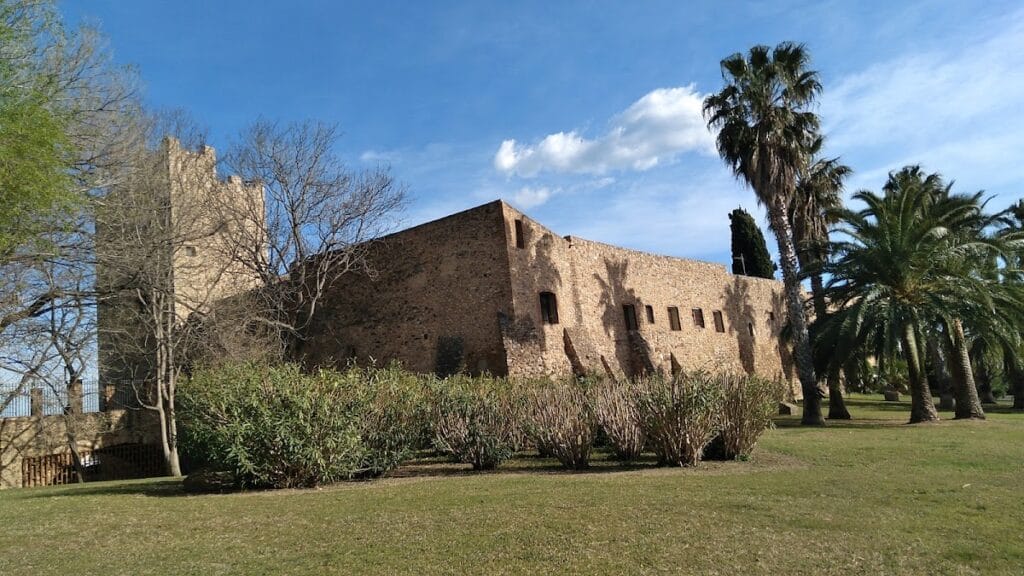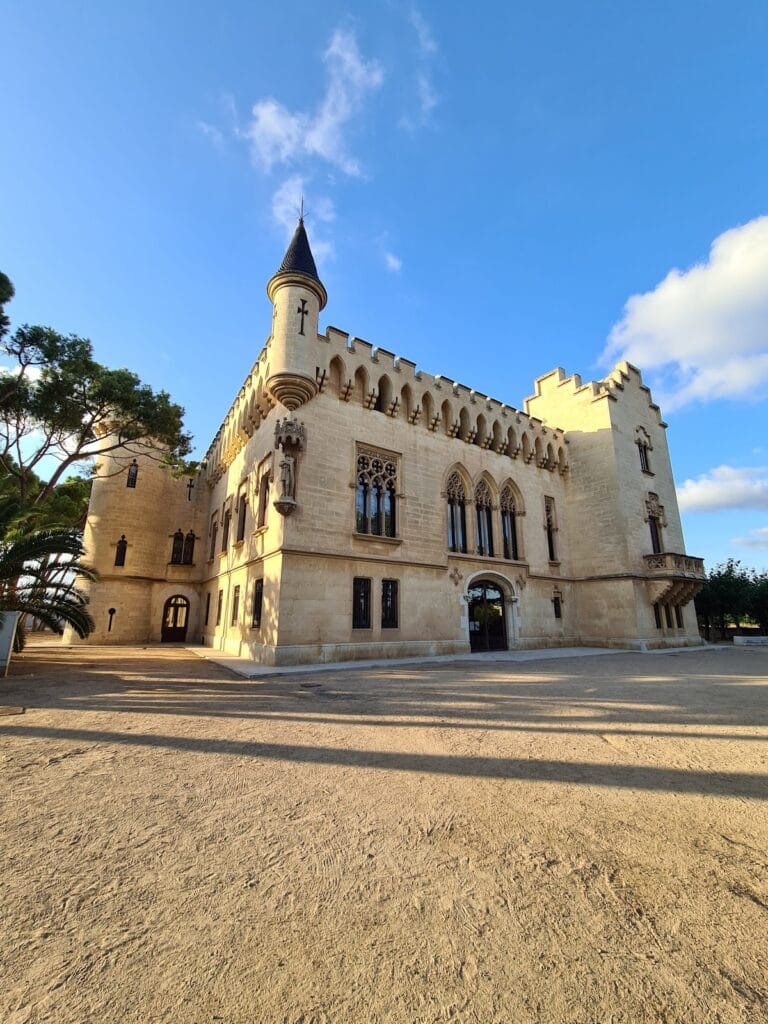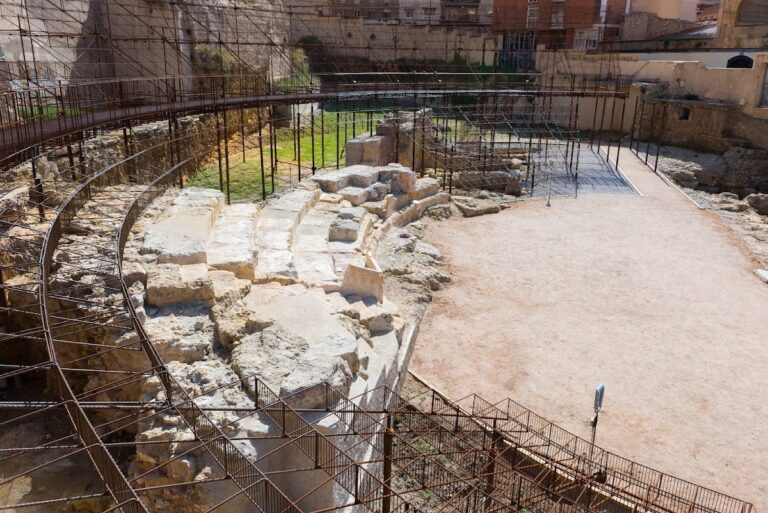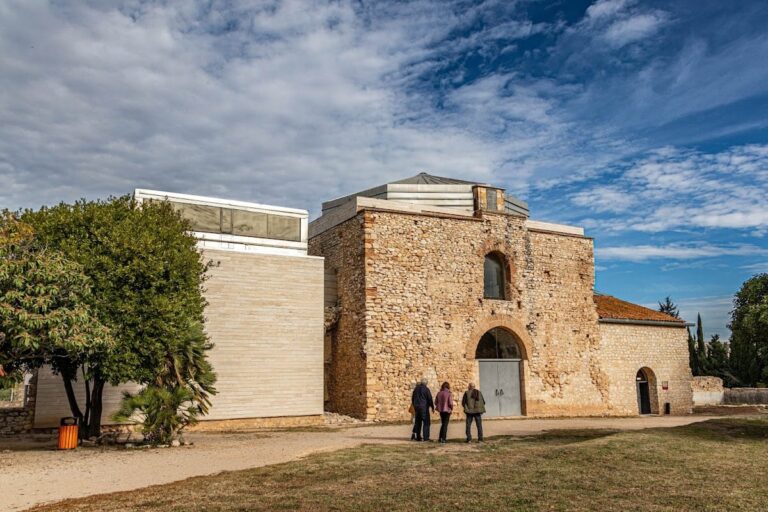Castell de Vilafortuny: A Historic Castle in Cambrils, Spain
Visitor Information
Google Rating: 4.3
Popularity: Low
Google Maps: View on Google Maps
Official Website: www.castelldevilafortuny.com
Country: Spain
Civilization: Unclassified
Remains: Military
History
The Castell de Vilafortuny is situated in the municipality of Cambrils, Spain, and originated as a defensive structure established by the Iberian tribe known as the Cossetans. This early settlement beneath the castle’s site points to Iberian occupation before the medieval period.
Documented for the first time in 1152, the castle was linked to Guillem de Fortuny, who, by 1154, acknowledged the Count of Barcelona as his sole feudal lord. During the late 12th century, the local church was already active, serving the community around the castle. In the early 13th century, ownership changed hands when Bernat de Benaiges and his wife, Maria, renounced the world and donated the castle and various assets to religious institutions, including monasteries and the Archbishop of Tarragona.
Throughout the 14th century, control of Vilafortuny shifted among secular and ecclesiastical authorities. Noteworthy figures during this era included Arnau Roger de Pallars, who held rights in 1341, and Ènnec de Vallterra, the Archbishop of Tarragona in 1391. The settlement faced increasing difficulties during the 15th and 16th centuries, primarily due to pirate raids that weakened its stability. In 1582, the castle suffered destruction at the hands of Saracen galleys, leading to a period of abandonment.
By the mid-18th century, the site was deserted until Salvador de March, a merchant from Reus, purchased and restored the property. In the 19th century, Vilafortuny remained small, with a population around 40 before it was incorporated into Cambrils. The castle passed through the hands of several private owners, including descendants of Salvador de March and families such as the Miró, Castellarnau, and the Marquesa de la Mesa de Asta.
During the Spanish Civil War, the castle was occupied by Republican militias and International Brigades, who constructed wooden trenches nearby; the site itself was spared from bombardment. Nationalist forces reclaimed the area in January 1939. In the latter part of the 20th century, the castle changed ownership once more, acquired first by the Curt group (Rumasa) and subsequently by the Aparici family in 2000, who carried out restoration works. Today, the castle is recognized as a Cultural Asset of Local Interest.
Archaeological investigations conducted in 2019 revealed that the castle stands on the highest point of a small walled Iberian city attributed to the Cossetans. This ancient settlement might have suffered during the Second Punic War, although further excavations are needed to clarify its full history.
Remains
The Castell de Vilafortuny presents a rectangular layout composed of two floors surrounding an interior courtyard. Within this courtyard stands a small chapel, identifiable by a bell-gable—a structure supporting one or more bells—reflecting its historic religious function serving the castle’s inhabitants. The castle’s roof slopes down on two sides, a typical design facilitating rain runoff.
Originally, the castle’s façades were coated in cement, but recent work by current owners has removed this covering to expose the traditional stone masonry beneath. The building includes two attached sections and a square tower topped with battlements, features characteristic of medieval military architecture designed for defense. Some original medieval details remain visible, such as windows adorned with lintels—the horizontal supports above window openings—decorated with arabesque patterns and ogee arches, which are pointed arches with a double curve.
The structure conserves its principal tower and the original access bridge leading to the fortified enclosure. Historically, the estate surrounding the castle contained facilities linked to agricultural and food production activities integral to sustaining its inhabitants. These included an oil press used for extracting olive oil and a wine press for grape processing, complemented by a cellar for storage. A water well equipped with a basin provided essential resources, while large pigsties and pastures supported livestock.
The chapel inside the castle served as a private space for covenant or mass when the owners or their guests were present, emphasizing the castle’s role as a manorial and religious center. While multiple restorations over the centuries have altered the castle’s appearance, some medieval features survive despite previous destruction, especially following the damage sustained during the attack in 1582.
